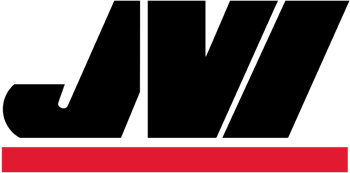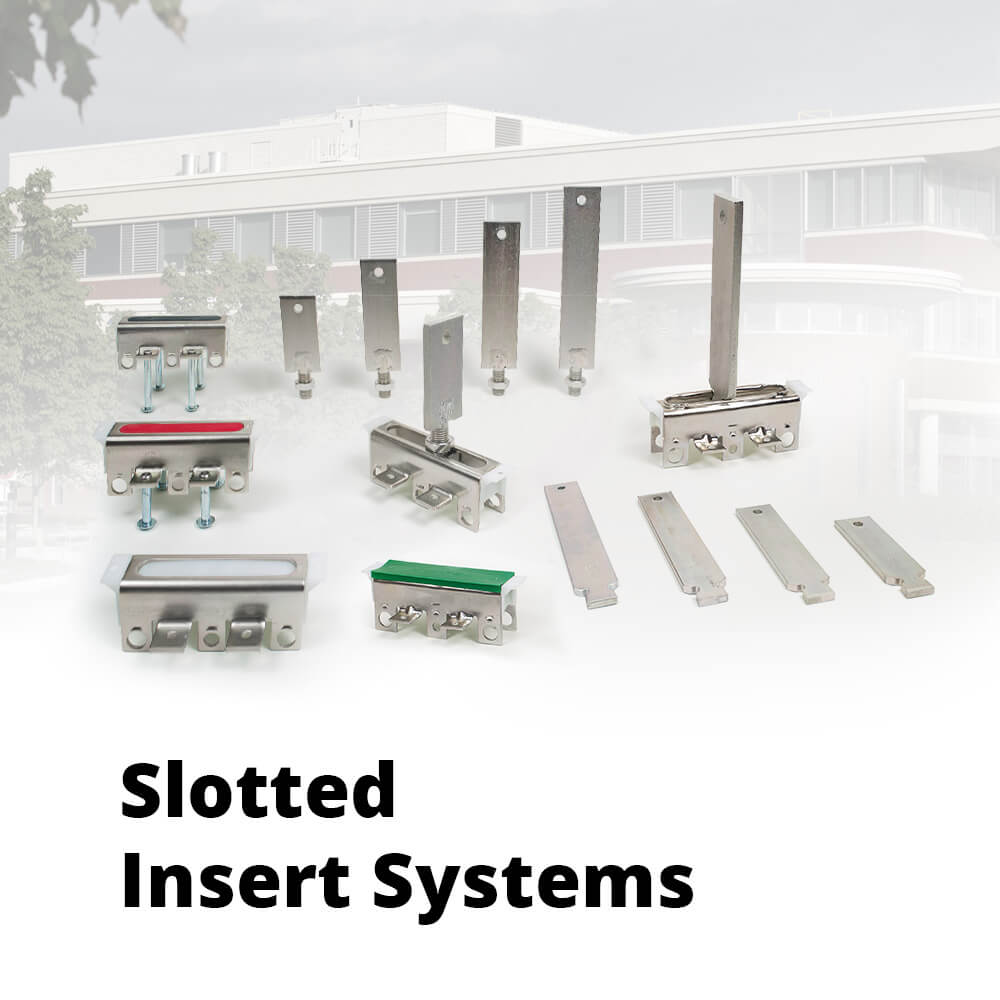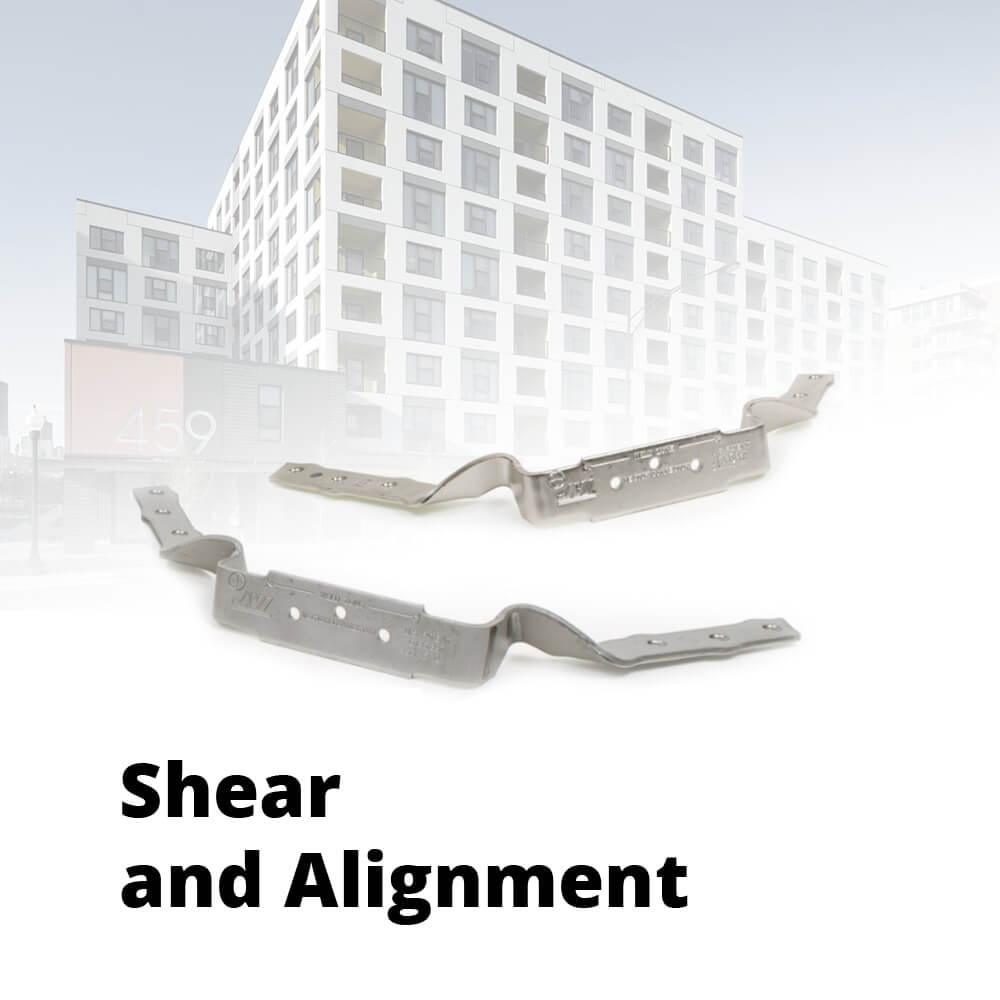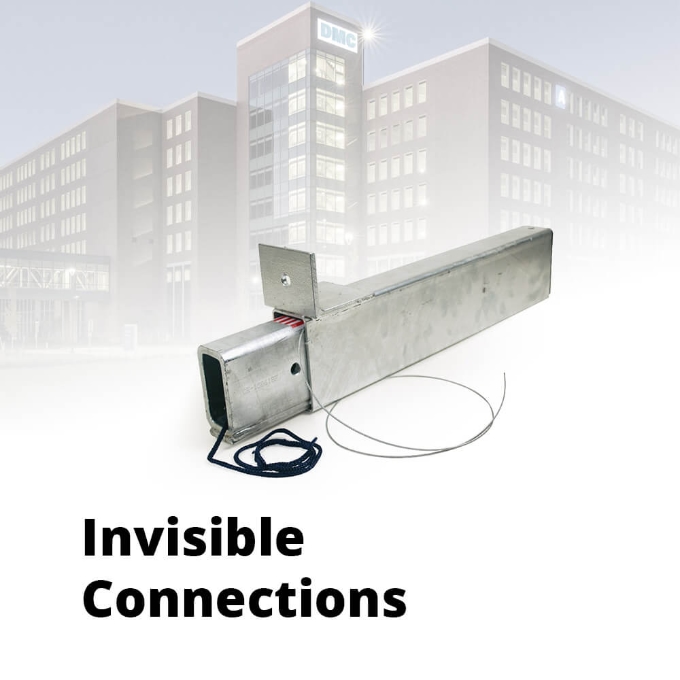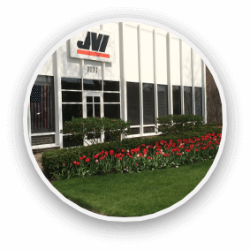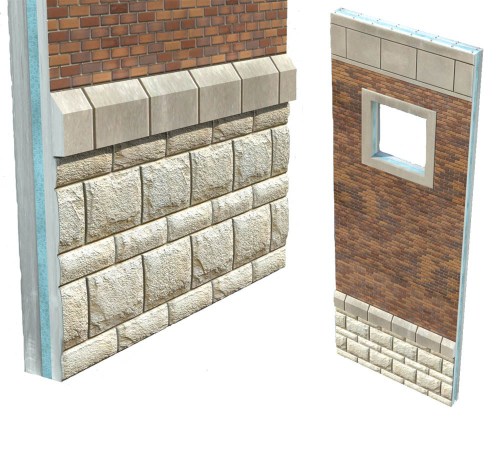
Insulated Precast Concrete Wall Panels
Credit: Original article published here.

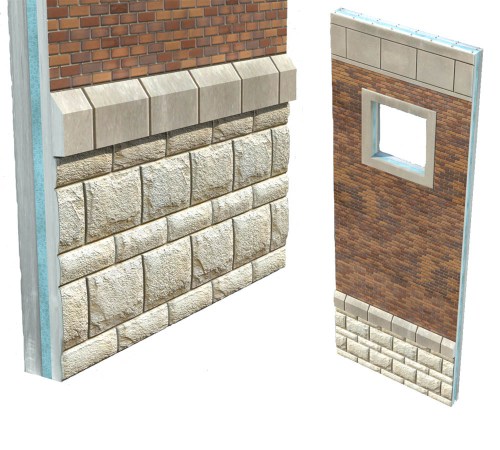
Insulated precast concrete wall panels have all the benefits of traditional precast such as durability, acoustic absorption, and quick install, in addition to the added bonus of being an all-in-one complete building enclosure system. These panels are ideal for high durability applications such as schools, gymnasiums, natatoriums, and industrial structures.
Insulated panels can be designed as non- loadbearing cladding as well as loadbearing members able to support intermediate floors, roofs, and lateral loads. Insulated panels consist of interior and exterior wythes of concrete with the rigid insulation “sandwiched” between the two layers, thus their alternate name of “sandwich panels”.
Commonly used insulation types are EPS, XPS, and Polyiso, with an R-value per inch of R-4, R-5, and R-6 respectively. There are numerous types of connection systems to tie the concrete wythes together including meshes, grids, and pins. Most connectors are non-conductive and do not reduce the thermal performance of the insulation.
Insulated precast panels are broken into 2 types:
- Composite panels utilize connectors that fully transfer the load between the two concrete wythes
- Non-composite panels do not transfer loads between concrete wythes. Instead, they are designed with a thicker “structural” wythe which accepts the loads. Connectors are used to tie in the thinner, non-structural exterior wythe to the structural wythe.
Fabrication Process – Insulated precast product can accommodate the same finishes as standard precast, including colored concrete with acid-etch, integral thin-brick or CMU, formliner, board-form, or exposed aggregate. The exterior wythe, or the face that will be exposed to view, is cast face down in the form. Prior to casting, the surface of the form is prepared according to the desired finish. In the case of thin-brick and CMU, the veneers are placed one-by-one into a grid to hold them securely in place while the concrete is poured and consolidated.
Frequently, insulated panels are produced in a long-line fashion with prestressing cables; however, they can also be designed using mild reinforcement. In either scenario, the exterior wythe is reinforced, then the “face mix” is poured into the form. After the first wythe is poured and leveled, the precut rigid insulation segments are placed on top of the wet concrete and all insulation connectors are installed. The reinforcement for the interior wythe is then placed and the second wythe is poured and leveled. Finally, the interior surface can be troweled smooth so that it is ready to be painted in the field.
Alex Wiltfang
Account Manager / Sales
